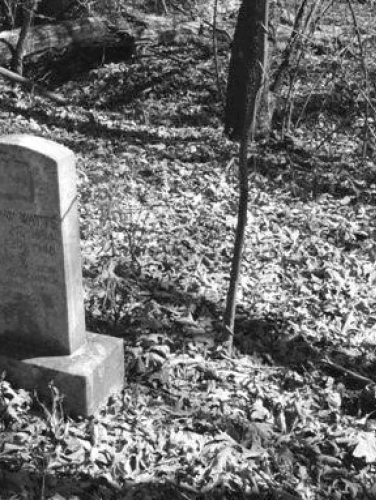
Roseland Cemetery
(ca. 1865)
The only extant reminder of Matthews’ Roseville A.M.E. Zion Church evidences decades of Jim Crow segregation that continued even beyond the grave.
10252 Monroe Rd, Charlotte, NC 28270
Prior to the Civil War and Emancipation, custom and the institution of slavery excluded African American residents of Mecklenburg County – whether enslaved or free – from the social, economic, and political lives of the county’s White residents. Following Emancipation, written laws perpetuated that traditional exclusion through “Jim Crow” segregation, a system predicated upon a mantra of “separate but equal” that in reality was instead separate and unequal. In some instances, Black county residents welcomed the opportunity to cultivate independent lives and their own institutions. In most instances, however, that separation was mandated.
Property Quick Links
As a result, separate and distinctive African American communities developed around most of the towns in Mecklenburg County. The most notable of those communities may have been Brooklyn, the now-demolished Second Ward community located in center city Charlotte. But comparable districts also emerged around the smaller towns of the county, including Davidson’s Brady’s Alley district and Cornelius’ Smithville community. In some instances, however, African American areas that bordered a town were considered to be beyond the town’s limits. For example, the communities of Crestdale and Pottstown were only annexed into the towns of Matthews and Huntersville respectively in the late 1980s. Originally known as “Tank Town” because of the railroad water tank standing near the railroad tracks that crossed the community, Crestdale dates back to the 1860s when it was originally settled by historically free or formerly enslaved African Americans. Most of the original residents were sharecroppers or day laborers in Matthews, but a few worked for the Central Carolina Railroad Company. Segregation prompted the residents of Tank Town to develop their own institutions like schools, churches, and cemeteries.
In the latter half of the 19th century, the Renfrow family – longtime proprietors of Matthews’ Renfrow Hardware and General Store – allocated a portion of their property for a cemetery for local African Americans. Originally known as “Renfrow Quarters,” the parcel became associated primarily with Roseville A.M.E. Zion Church, once located on Ames Street in Matthews. Although not situated within the Crestdale community, Roseville was one of only two local African American churches in the late 1800s. Roseville maintained an active congregation until 1928, when the United House of Prayer opened in Crestdale, prompting most Roseville members to transfer to that more conveniently located church. The abandoned Roseville church eventually deteriorated, but its former congregants maintained and opened the cemetery to local African American residents unaffiliated with other churches that maintained their own cemeteries. The Roseville cemetery stopped accepting burials in the mid-1950s, and its name eventually morphed into “Roseland.” The property contains some 70 to 75 graves dating from approximately 1865 to 1955, at least half of which are identified with simple stone markers. Several headstones remain on the property, but many more have been lost over time due to vandalism.

